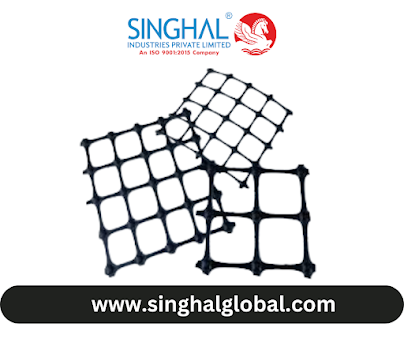PP Multifilament Yarn: A Masterpiece of Strength and Durability
In the world of textiles, Polypropylene multifilament yarn stands out as a masterpiece of strength and durability. This versatile material, known for its exceptional properties, is widely used in various industries. Whether you're a manufacturer, supplier, or simply curious about this remarkable material, this article delves into the world of PP multifilament yarn and its manufacturing process.
Understanding PP Multifilament Yarn
PP multifilament yarn is a type of textile yarn made from polypropylene, a thermoplastic polymer. It's characterized by its multiple filaments, which are thin, continuous strands of material twisted or grouped together to form a single yarn. This yarn is celebrated for its impressive strength and durability, making it a preferred choice for a range of applications.
The Manufacturing Process
The production of PP multifilament yarn involves several crucial steps:
Polypropylene Polymer Extrusion: The process commences with the extrusion of polypropylene polymer granules. These granules are melted and then forced through spinnerets, which are devices with small holes. This results in the formation of multiple continuous filaments.
Cooling and Solidification: The newly formed filaments are rapidly cooled, solidifying them into a stable structure. This step is crucial for ensuring the filaments maintain their shape and strength.
Filament Drawing: To enhance the strength and flexibility of the yarn, the filaments are drawn through a series of rollers at different speeds. This stretching process aligns the molecules within the filaments, increasing their tensile strength.
Twisting and Winding: The individual filaments are twisted together to form a single yarn. The number of filaments and the degree of twisting can be adjusted to meet specific requirements.
Heat Setting: To lock in the twist and ensure the yarn retains its structure, it is heat-set at a specific temperature.
Winding on Cones: The finished PP multifilament yarn is wound onto cones or spools for ease of handling and transportation.
The Versatility of PP Multifilament Yarn
PP multifilament yarn is celebrated for its versatility and finds applications in various industries:
1. Textiles and Apparel
In the textile industry, PP multifilament yarn is used to create fabrics that are lightweight, strong, and resistant to moisture. These fabrics are often used for sportswear, outdoor gear, and industrial clothing.
2. Geotextiles
In civil engineering and construction, pp multifilament yarn manufacturing process is used to manufacture geotextiles. These textiles play a crucial role in soil stabilization, erosion control, and drainage systems.
3. Ropes and Cordage
The yarn's exceptional strength and resistance to chemicals and UV radiation make it an excellent choice for manufacturing ropes and cordage used in various applications, including marine, agriculture, and safety.
4. FIBC (Flexible Intermediate Bulk Container) Bags
PP multifilament yarn is used in the production of FIBC bags, also known as bulk bags or super sacks. These bags are widely used for transporting and storing bulk materials.
The Role of Manufacturers
PP yarn manufacturers play a pivotal role in ensuring the quality and consistency of the material. They invest in advanced machinery and adhere to strict quality control measures to meet the demands of diverse industries.
Conclusion
PP multifilament yarn is a testament to the incredible potential of polymers in the textile industry. Its strength, durability, and versatility have made it an indispensable material in applications ranging from textiles and geotextiles to ropes and FIBC bags. The manufacturing process of PP multifilament yarn is a delicate art that ensures this material's remarkable qualities are harnessed for a wide array of purposes.
Whether you're seeking robust materials for textiles, construction, or industrial applications, PP multifilament yarn stands as a masterpiece of strength and durability, ready to meet your needs with unwavering resilience.

.png)
Comments
Post a Comment